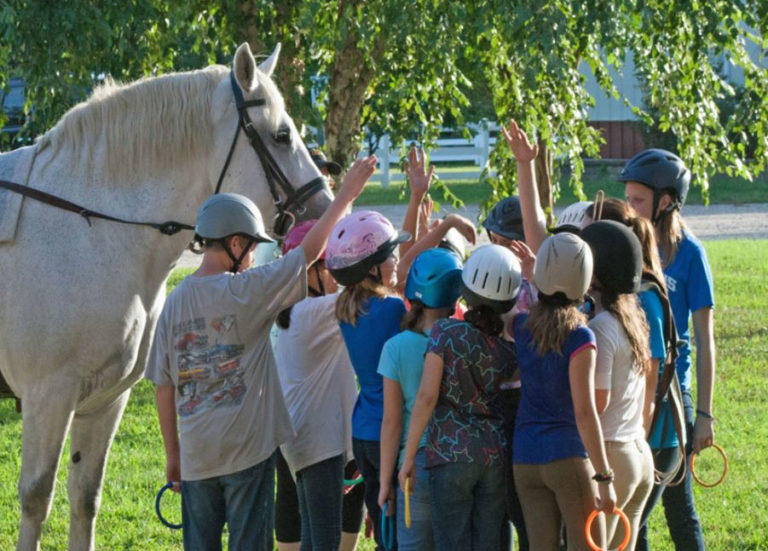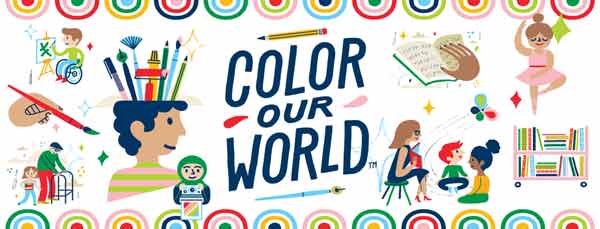Technology and Today’s Tween or Teen: Is it hurting our future Generation?
|
Today’s preteens and teens are drastically more stressed than the generations before them. Can this account for the increased usage of TV’s, laptops, social media, tablets, smartphones and i-pods? Parents are often stuck worried and wondering if these gadgets are hurting our next generation. While, technologies impact on the preteen/teen brain is a new area of study, we do continue to learn more on how the brain functions. Here are a few important considerations that will assist parents in creating a healthy balance for your preteen or teen, within our fast past technologically advanced culture:
Why a less stressed generation? There is an inordinate amount of research that consistently illustrates that today’s preteen/ teen is living in an alarmingly higher stressed environment than ever before. External factors that seem to play the largest roles in our children’s stress are: traumatic events, poor quality and chemicals in our foods, earlier onset of puberty vs. emotional maturity, vast social issues (body image, violence) displayed through various media vehicles, increased expectations in our learning environments and the increase of technology in a high paced society. As a result we are seeing an increase in emotional challenges, moderate to severe behaviors and other physical health issues.
With the increase in stressors and our understanding that survival for humans is based on decreasing and reducing the discomfort, the angst or pulling that accompanies the feeling of stress, we have to look at the basal ganglia within our brain. In the ground breaking book byCharles Duhigg, “The Power of Habit” offers significant insight explaining how the basal ganglia in our brain needs to imprint every behavior that has a reward associated with it. With time and repetition the brain creates the feeling of wanting and craving. For example, school is stressful and when I come home and turn on the TV my brain automatically shifts from the left to my right which releases endorphins causing my basal ganglia to say “OH this FEELS GOOD” and imprint is formed and the craving for more will increase with repetition. Thus watching TV after school becomes an addictive habit.
In terms of social media and texting, a hormone produced in our brain called Oxytocin is released. Paul Zak –a scientist at Claremore Graduate University in CA, describes this hormone as “the ‘moral molecule” that fosters trust, reciprocity, affection, empathy and love; a social glue that keeps society together.” Paul Zak, also states that interactions on Twitter and Facebook seem to lead to oxytocin spikes, which raises the argument that social media, is killing true human interaction. Hormonally our body processes these interactions in the same way that face to face connections do. This may also become imprinted by the basal ganglia and become addictive in nature.
Larry D. Rosen, PhD, California State University, provided a talk entitled, “Poke Me: How Social Networks Can Both Help and Harm Our Kids,” In it he noted that daily overuse of media and technology has a negative effect on preteens/teens by making them more susceptible to anxiety, depression, and other psychological disorders. On the alternative side Rosen states that new research has also found positive influences linked to social networking, including: young adults who spend more time on Facebook are better at showing “virtual empathy” to their online friends and online social networking can help introverted adolescents learn how to socialize behind the safety of various screens.
This may not seem to provide a quick and easy answer but there are a few strong indications that can provide guidance:
First: Decrease stress for your own and other peoples- tweens and teens!
When stress is present our primal brain sends a signal to your body that acts as an alarm. As our body moves into survival a physiological reaction of freeze- then fight and flight dictates behavior. For example, in the state of flight, I will seek mind numbing technologies such as TV and in a state of fight, violent video games or constant social media updates can take place.
When we are in a non-stressed and calm state, my brain will send signals that drive me into relationship and seek means for connection. Human survival has been dependent upon relationship since the days of the caveman. In order to survive back then, humans had work in community to meet their basic needs of food, shelter, clothing and safety. This is ultimately how we thrive as a species.
Second: Make time to be emotionally present and connect with a tween or teen
When we can truly embrace this, we will treat every tween or teen as our own. Adults need to become the preteen/teens primary source of oxytocin. Laugh, play, dance, hug, wrestle or anything that makes you smile and connect will produce oxytocin. It will also diminish the damaging stress hormones that over time, cause physical illness and emotional struggles.
Third: Anything in moderation is OK. If you are close to a tween/teen that struggles and abuses these technologies, an instant fear based reaction to “Make Then Stop”, may be floating around in your mind as your reading this…right now. STOP…BREATHE… that will only cause them more stress and intensify the craving or the behavior. Remember, the Basal Ganglia in their brain is already imprinted to sense the stress, trigger a craving for their chosen choice of technology and they will be highly unconscious of the process and feelings they are experiencing.
Instead, seek to move your child from their chosen source of technology with grace, ease and compassion. How? Start by engaging your compassion through understanding. Bryan Post, the founder of Post institute and Associates offers that all behavior arises from a state of stress. Thus, after 1,000’s of reinforced repetitions the behavior is habitually imprint in their brain. Now help the tween/teen become conscious of why they are spending so much time with their technology. This is as simple as what I call a “drive by”. Which is making a statement like “Hmm..I am realizing that you spend more time watching TV when your stressed out. I would really like to listen when you’re ready to talk”, then walk away. Be sure you are available later that day. Tweens/teens are more likely to talk when you are just hanging around opposed to asking direct questions. Finally, provide some interruptions, by spending quality time with them. With repetition, your teen will be seeking to connect with you to ease the stress instead of technology.
Finally: Practice what you preach
As psycho-therapist, I have also spent a lot of time visiting with families all over the world and as a mom and business owner, I too own many gadgets. Thus, in my personal and professional experience it is clear that even as adults, we can easily get caught up in the same fast paced-technology induced environment. While, there are times the feeling arises, “but I am the adult!” still, the old cliché holds true, “children WILL DO, what we do and not what we say”. Since 80% of what our children learn is through what we model, what will you choose to do differently?
(from Their Voice, Their Generation, LLC)
To contact us- visit www.helenetimpone.com
|
Helene Timpone, MSW is the Co-owner of the POST Therapeutic Learning Center



































